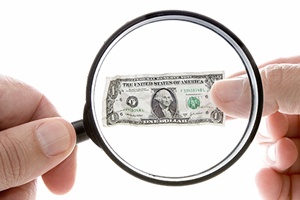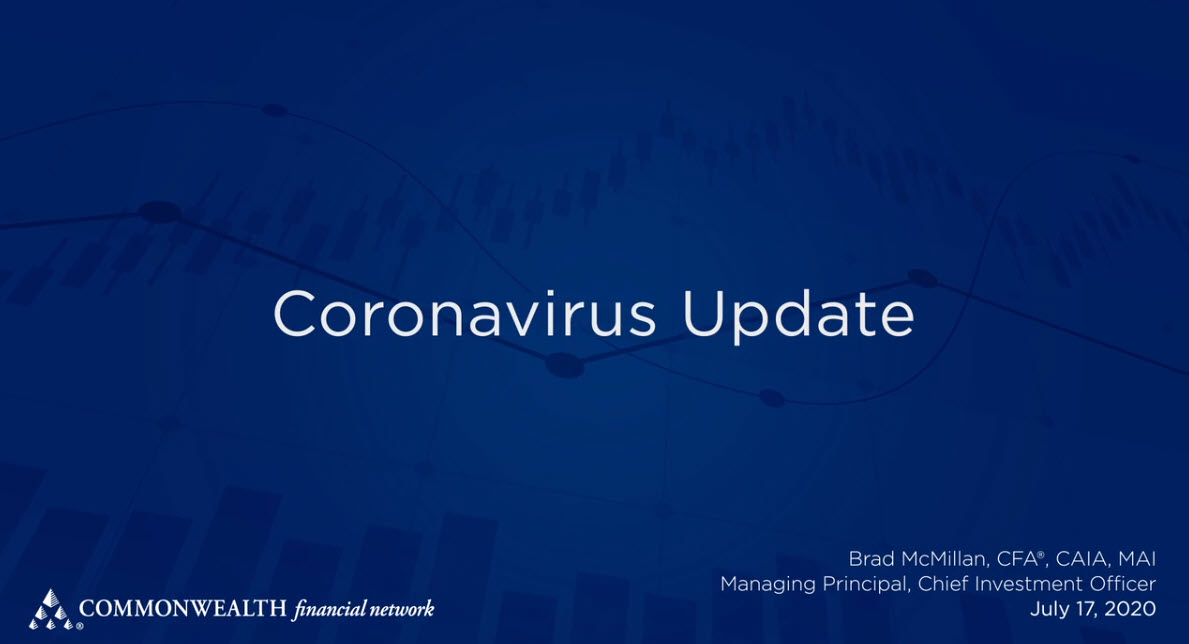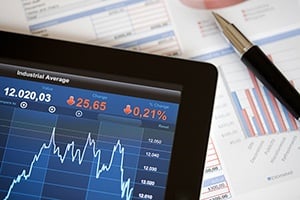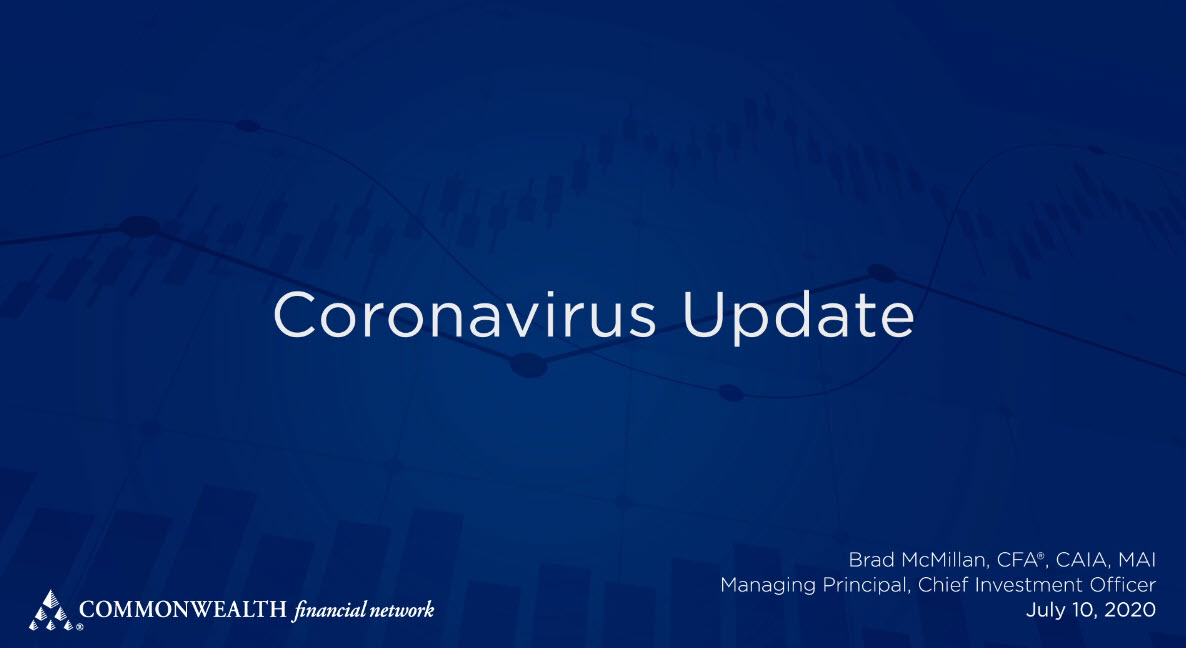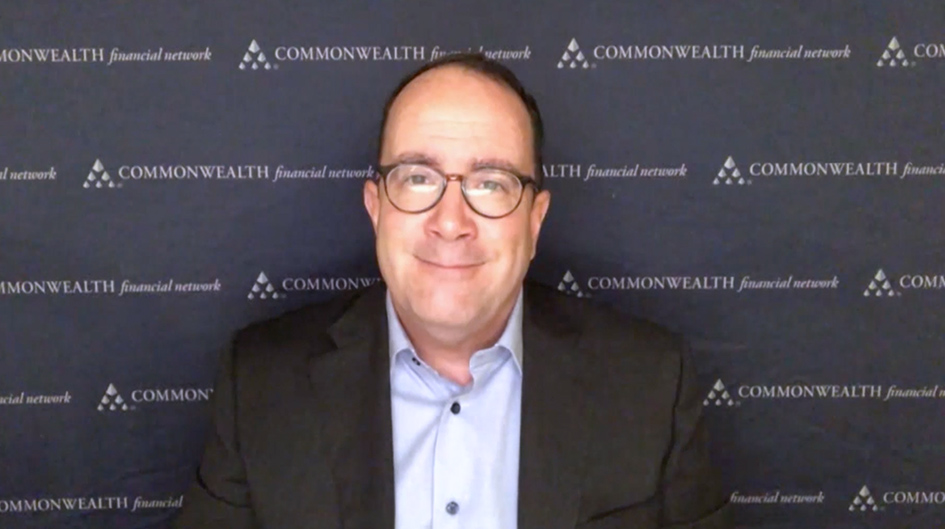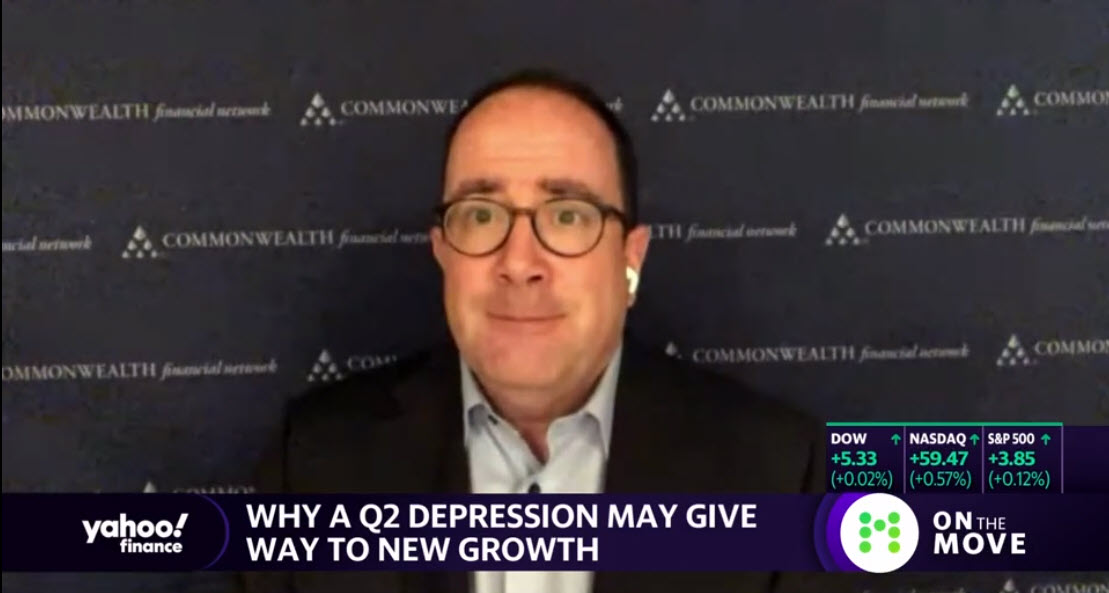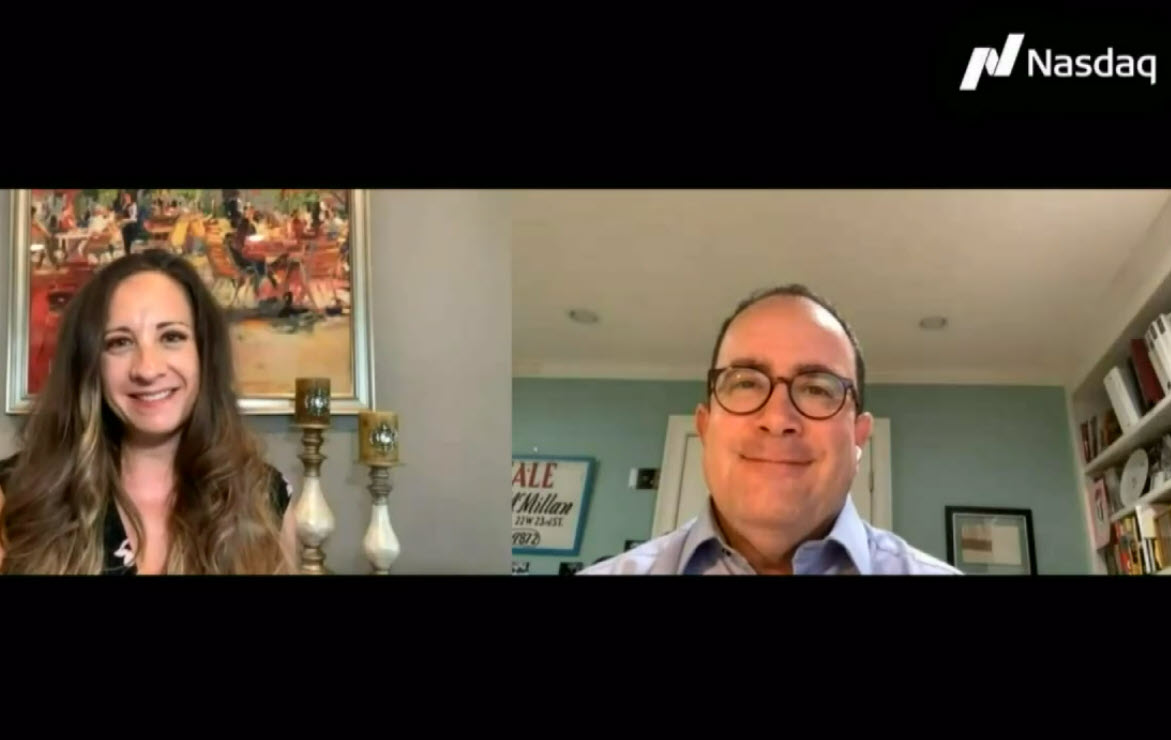While it is still early days, with only 9 percent of S&P 500 companies reporting as of the end of last week, the initial earnings reports seem to show that things are still not good. According to FactSet, quarterly earnings are down, so far, by 44 percent. If this number holds, it would be the second-worst quarterly drop since the end of 2008 during the financial crisis. Scary news—but not unexpected.



